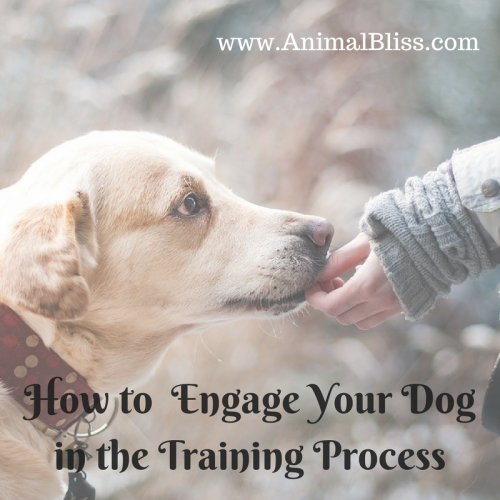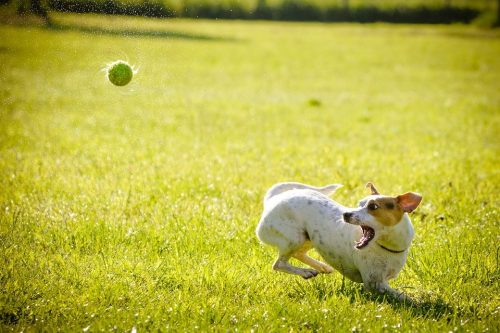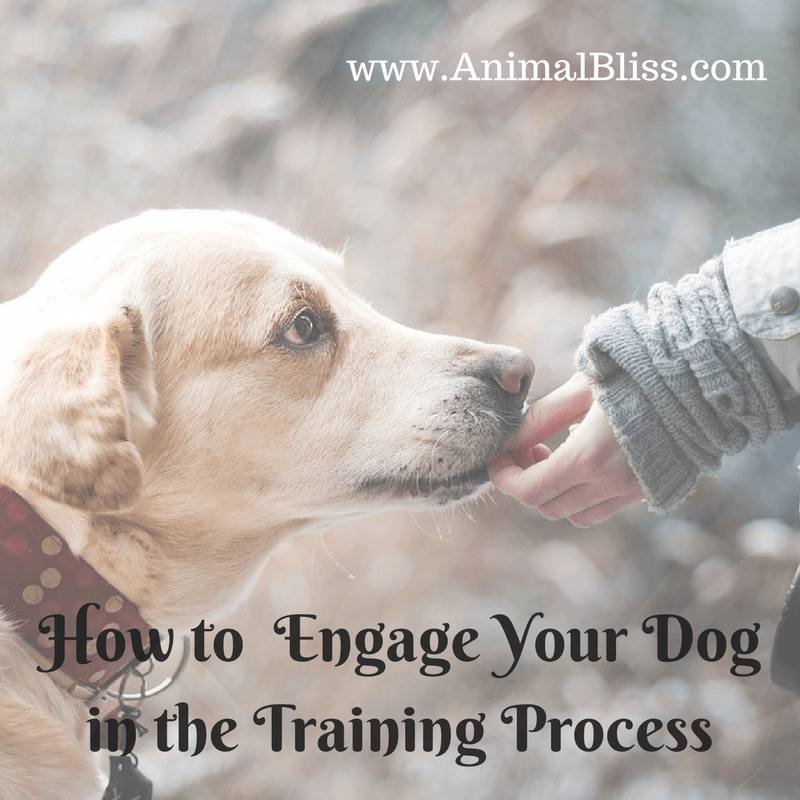Engage Your Dog in the Training Process
Disclosure: This post may contain affiliate links.
Any purchases made through these links may result in a teeny tiny commission.
Dogs are beautiful and incredibly intelligent animals. Some research has even indicated that dogs are capable of responding to nonverbal cues, which is very akin to the human ability to understand the point of view of another person. However, the gap between us and our friends is still huge and the main reason why dogs sometimes respond to training poorly is that we failed to properly engage them. Let’s see how to motivate your dog to engage in a meaningful interaction with the handler (you) and make the training considerably easier.

The importance of engagement
But, why is engagement so important? Well, much like any other behavior in the world, engagement can be learned. One of the biggest mistakes of the dog handlers of the past was that they were training the dogs in specific behaviors like sitting and fetching from the get-go. But a dog that is easily distracted by the doorbell, kids playing in the yard or even the neighbor’s dog can’t learn anything. On the other hand, dogs that are with us and want what we have are much more eager to soak in everything we have to teach them. That is why, before proceeding to specific tasks, you should spend the first couple of months strengthening the bond with the dog and learning how to engage it.
Related:
Training a New Dog: How Can the Kids Help?
Different kinds of motivators
It’s obvious that the easiest ways to achieve dog engagement are different kinds of motivators. But, much like humans, every dog responds to different motivators in a different manner. For instance, some dogs are highly motivated by food. Others will respond to training better if they are lured in by a toy. And some dogs are most motivated by the activities like running through an agility tunnel (so-called “self-rewarding behavior”). Some of these motivators can even prove to be too much. Dogs can be so distracted with the toys you are offering them or the activities they are undergoing that they pay little to no attention to the things you are trying to teach them.
Observe your dog – get to know it better
That is why you should spend the first couple of months of bonding with your dog trying out different kinds of motivators and observing the reactions. While you are doing this, try to be as thorough as possible – observe every movement, every muscle, and every subtle facial expression. If you notice that your dog is becoming too eager, you should probably play down the stimulus.

Experiment with different motivators
Also, you should do your best to be as diverse as possible. When it comes to toys, you should experiment with toys with different size, texture and overall purpose. Keeping that in mind, there is a way to get the dog excited about each particular toy.
- Attach the toy to a 3-meter-long light line
- Keep the toy in the drawer and pull it out before the meal
- Get the dog interested in the toy (fun lines, exaggerated gestures, acting goofy)
- Swing the toy above the ground, throw it and pull it back before the dog has an opportunity to get the taste of it.
- Put the toy back in the drawer
Repeat this small routine 2-3 times a day. After a couple of days, let your dog finally get the toy in the mouth. But, don’t forget one thing – your dog will be most excited about the things that are not available 24/7. As soon as playing/training is over, get the toy back in the drawer. As for the food, you can try out a variety of brands thanks to online stores like Net to Pet, so don’t be afraid to experiment.
Related:
Most Common Dog Training Mistakes of First-Time Pet Owners
Is the reward absolutely necessary?
The short answer is no, but you have to remember that humans and dogs are not speaking the same language. At first, dogs will have a lot of trouble understanding what exactly are you expecting from them. Tangible rewards are probably the best way to set them on the right course. However, as soon as you and your dog “get on board” you can start gradually reducing rewards until you get to the level of verbal acclamation.
Dog training is a long and demanding process, but it’s also more than rewarding experience – at its beginning, you have a pet; at its end, you have a friend. Do your best to properly engage your dog in this whole matter, so you can bond with your friend more effortlessly.
~~~~~~
“How to Properly Engage Your Dog in the Training Process”
 Guest Author: Diana Smith is a full-time mom of two beautiful girls and a proud owner of proud owner of German Shepard Billy and apricot poodle Sam. In her free time, she enjoys exercising and preparing healthy meals for her family.
Guest Author: Diana Smith is a full-time mom of two beautiful girls and a proud owner of proud owner of German Shepard Billy and apricot poodle Sam. In her free time, she enjoys exercising and preparing healthy meals for her family.
Diana Smith also wrote:
How to Properly Engage Your Dog in the Training Process Share on X![]()
![]()
MY QUESTION FOR YOU TODAY:
Do you enjoy training your dog, or do you get someone else to do it?
Do you have any advice to share?
** Leave your comment below. **
(It’s just sexy!)

![]()
As always, thank you for taking the time to visit my blog!
Disclosure: Animal Bliss is an Amazon.com affiliate, and will earn a (very small, teeny tiny) commission from purchases made through links on this website.
(Coffee money – thank you!)
😀
[amazon_link asins=’0761168850,1592533256,B01KG9WMWI,B071NPND84,1607748916′ template=’ProductCarousel’ store=’animblis-20′ marketplace=’US’ link_id=’47fb225b-084b-11e8-8b8a-ab1c99d4ef08′]
- Tips for New Puppy Owners: What to Expect - October 9, 2019
- Tips for Pet Safety During Home Renovations - August 19, 2019
- Road Tripping Through New Zealand With Your Doggo - July 31, 2019

